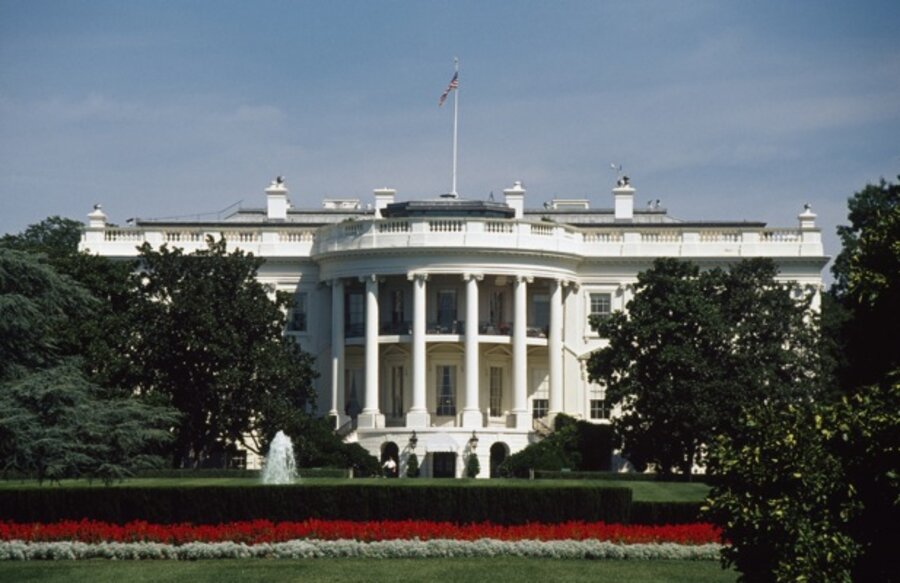Government growth does not equal economic growth
Loading...
A couple of years ago, we used to get such a kick out of making fun of the financial industry. Its pretensions were absurd and shocking. Its delusions were breathtaking. Its leaders were lunkheads and grifters.
But the financial industry blew itself up in 2007-2009. Now, what do we have?
The government! Doing all the same things…making the same mistakes (only worse)…and working hard to blow itself up.
“Basically, it’s over…” says Charlie Munger. Warren Buffett’s partner figures the glory days of the US economy/empire are behind it. He spelled this out in what he calls “a parable,” in Slate Magazine.
This puts Munger in direct opposition to all those economists, bankers, politicians, pundits and meddlers who think they can do better than the financial industry. Martin Wolf, in The Financial Times, says the challenge is to “walk the tightrope” between too much additional stimulus and cutting off stimulus too soon.
Richard Koo and Paul Krugman think the feds need to give the economy a lot more stimulus in order to offset the forces of contraction.
Most people think the economy will muddle through somehow…thanks to all those geniuses working at the Department of the Treasury and the Fed.
Dream on! The economy might muddle through or it might not. (The Wall Street Journal says growth rates have already retuned to normal.) But if the economy does pull out of this depression…it will be in spite of all those ham-handed central planners who are telling it what to do, not because of them.
Yesterday, the Dow fell 100 points. Gold dropped $9.
As far as we can tell, we’re still in a depression – that is, a deflationary contraction. You’ll see a lot of contradictory statistics and BS analyses for the next 5 to 10 years. What you won’t see is real growth…not until debt is substantially written off, costs are reduced and a new economic model is discovered. The ‘growth’ we’re seeing now is largely an illusion, a mirage, and an attractive nuisance. We’ll have to pay for it later!
To put it another way, you won’t see real growth until there’s something solid to build on – a new foundation of lower costs and fewer leeches.
Yes, dear reader, the problem is not a liquidity problem. It’s not a banking problem. It’s not even just a debt problem. The bigger problem is that the US economy – but nearly the same could be said of Japan…the UK…Italy…and other places – is too expensive, too rigid and too full of zombies.
Munger is right. At least, he’s right about what has gone on so far. The financial industry turned the country into a casino…and too many people lost their money.
We don’t know what happened in the second part of Munger’s parable. We couldn’t get the 2nd page of the Slate article on our laptop screen. But he’s a smart guy. We doubt he missed the government’s role. First, the private sector loaded itself up with debt. Now, it’s the feds’ turn.
Was it Ronald Reagan who said of the Soviet Union, that it was on the “wrong side of history?” The derelict Bolsheviks were definitely on the wrong side of history in 1989. We knew it. They knew it. It was such a glaring problem; they had no choice. Their economy was imploding – thanks to rigid central planning. They gave up and switched sides.
But now it’s the US that is on the wrong side of history. Like the Soviet Union, it tries to impose its will, by force, on Afghanistan. Like the Soviet Union, it has too many expenses and not enough income. And like the Soviet Union, it tries to impose its will on the domestic economy too – by central planning. Not exactly in the heavy-handed fashion of the old apparatchiks… This is post-Berlin Wall central planning. Collectivism with a clown face.
The US nationalizes key industry and borrows heavily…shifting the weight of economic ‘growth’ from the private sector to the government. Everything from home finance, banking, insurance, automobiles, employment and food is now owned, provided or subsidized by the US government.
After the Soviet Union fell…the rest of the world went over to look down the collectivist hole…and then slid in too. In October 2009, the IMF counted 153 separate stimulus or bailout programs. If you bought a house or a car in 2009, you may very well have had the government to help you. And now, if you hire a new employee, you will have the government by your side again. If you get sick, you will have the comfort of knowing that the feds are in practically every examining room, every operating room, every drug laboratory, and every pharmacy. And if Obama has his way – there will be even more of them. Is there any economic act, howsoever trivial, that no longer involves government support, approval, or funding?
Munger may have pointed out. Or maybe he didn’t. In either case, we will: the US economy was at its strongest before it was burdened by so many people depending on it…and so many smart people helping it along.
It won’t make much progress again until it gets rid of those people. And that won’t happen until it has crashed…and become desperate. Living at the expense of others is a hard habit to break.
Add/view comments on this post.
------------------------------
The Christian Science Monitor has assembled a diverse group of the best economy-related bloggers out there. Our guest bloggers are not employed or directed by the Monitor and the views expressed are the bloggers' own, as is responsibility for the content of their blogs. To contact us about a blogger, click here. To add or view a comment on a guest blog, please go to the blogger's own site by clicking on the link above.





